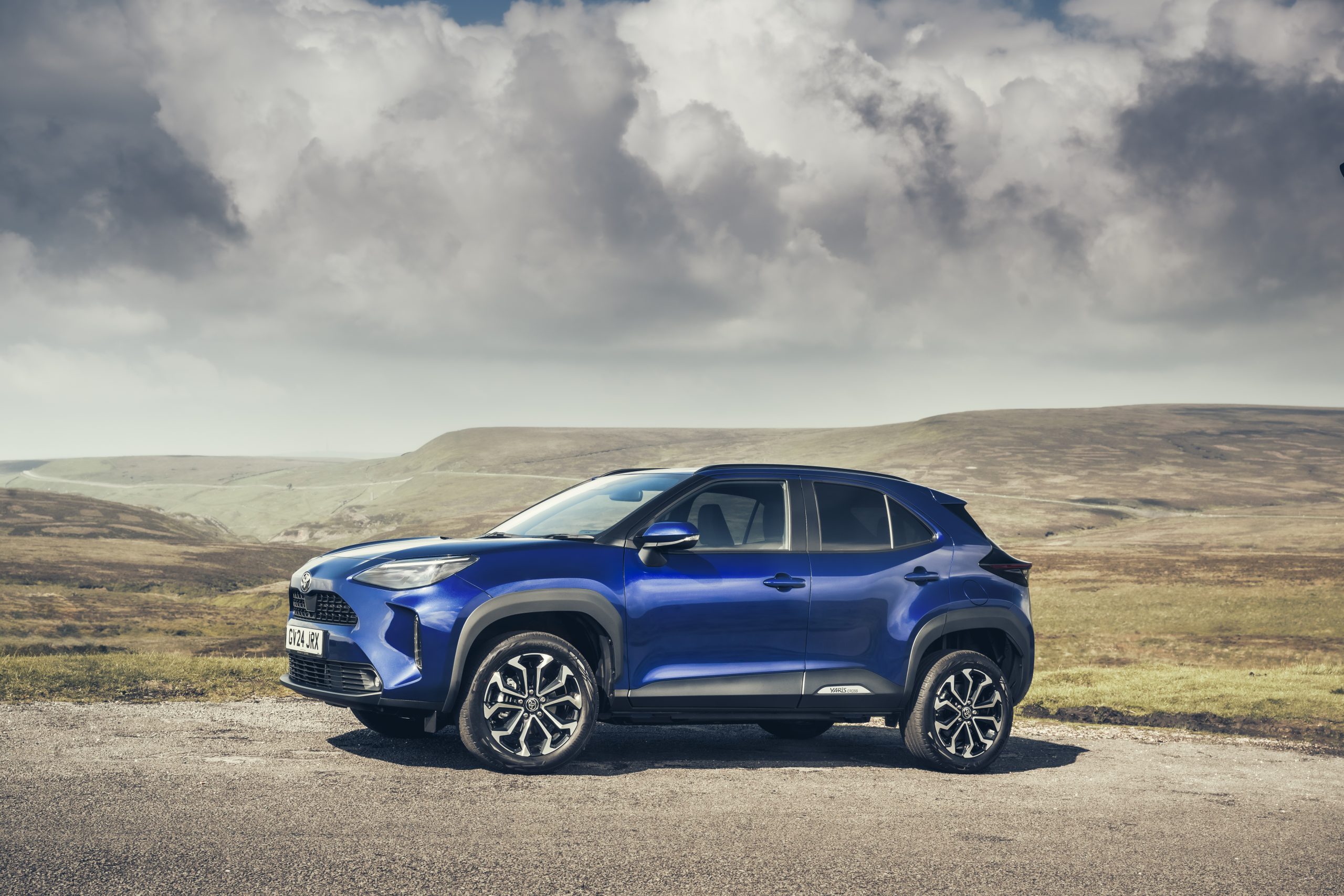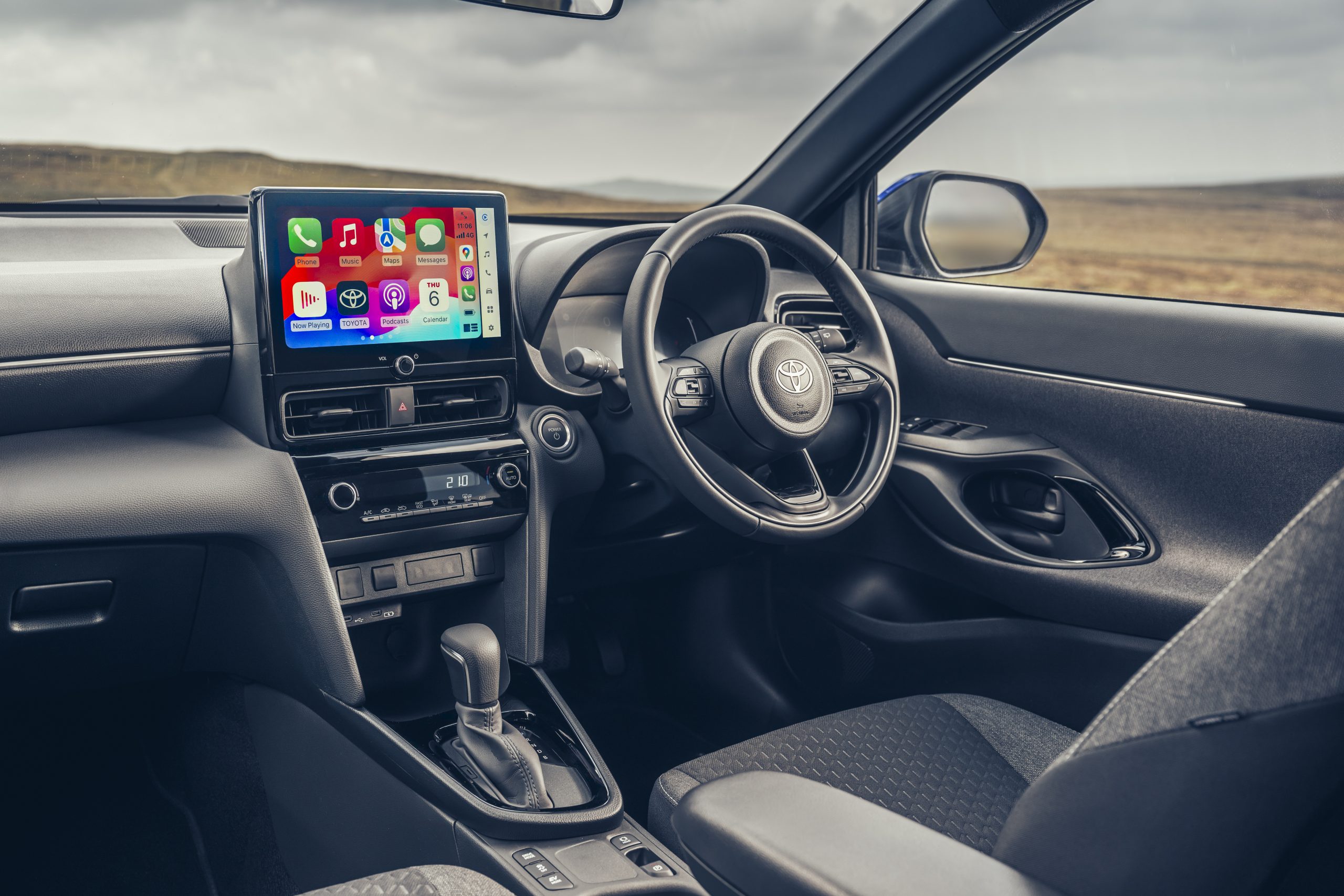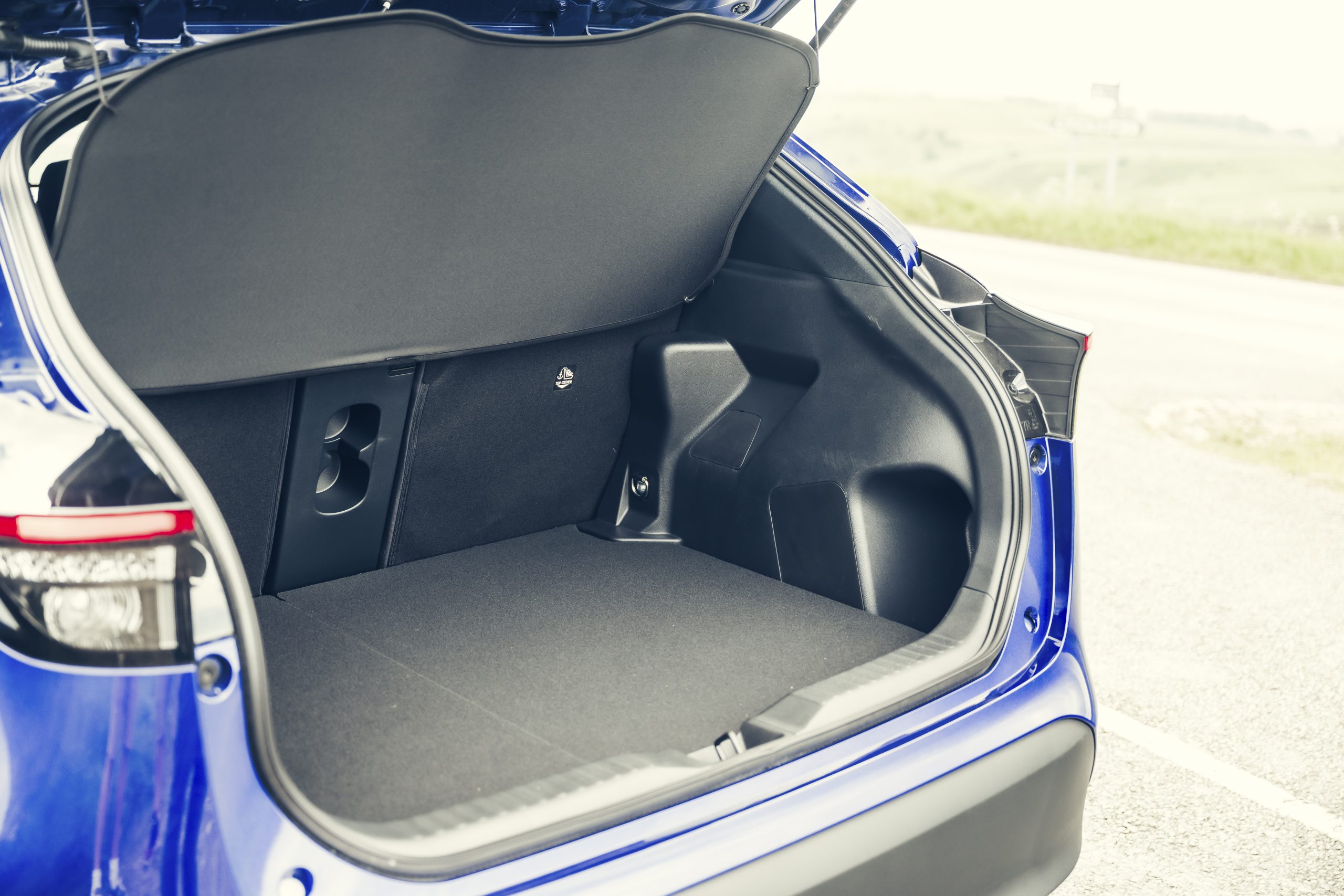Is There Such a Thing as a “Boring” Car?
A First Look at the Concept of Boredom in the Automotive World
Some car enthusiasts tend to focus on models that don’t make a fuss—those that neither attract attention nor headline the news. Interestingly, many of these cars are labeled as “boring,” yet they enjoy high demand and widespread presence in the market.
Boredom Is Relative… Especially in the Car Market
It is noteworthy that the concept of boredom in the automotive world is not easy to define. This is because it varies from person to person. While some see a car simply as a means of transportation that reliably performs a specific function, others view it as an extension of their personality and social status. They pay close attention to details such as exterior design, brand, and even the sporty nature of the driving experience.
Between Reliability and Prestige… Where Does the Consumer Stand?
This division reflects a broad reality in the market: some appreciate simplicity in design and reliability in performance. Others seek a driving experience full of excitement and distinction. Between these two extremes lies a large category of cars that may appear ordinary on the surface but strike a balance between practical needs and modern technology.
Toyota Yaris Cross: A Symbol of Simplicity and Reliability
A Car That Belongs to a Category That Defies the Noise
When looking at the Toyota Yaris Cross, it is easy to classify it within the category of simple and practical cars. It was first introduced in 1999 as a compact crossover. Since then, it has become synonymous with uncomplicated driving, which made it very popular among older drivers worldwide. It remains popular to this day.
The Charm of Low-Tech
The original Yaris — known in different markets under names like Vitz, Platz, Echo, and Belta — had a unique character. It was neither an extraordinary nor advanced car, but it stood out with its simple charm and avoidance of complexity. This clearly contrasted with the Prius, which was more advanced and innovative, despite having appeared a few years earlier.
Commitment to Identity Despite Market Changes
Over four generations, the Yaris has maintained its position as a practical car aimed at a specific segment of users. It does not chase fast trends in the automotive world. However, this did not prevent the company from releasing bolder versions from time to time, such as the high-performance sporty GR Yaris. Additionally, they gradually introduced hybrid technologies that reflect Toyota’s conservative approach based on long-term testing and development.

Yaris Cross GR Sport: A Raised Crossover with Limited Options
Technical Adaptation to Fit a New Segment
The Yaris Cross GR Sport is the raised version of its hatchback sibling. It is built on the same technical platform but with modifications in ground clearance and exterior design. These changes suggest greater toughness. They aim to make the vehicle more suitable for the compact crossover segment, which is steadily growing in global markets.
Its Place Within Toyota’s Strategy
This version joined Toyota’s expanding lineup of small SUVs, alongside models like the Aygo X, C-HR, and the anticipated Urban Cruiser EV electric car. What is evident here is Toyota’s attempt to continue offering multiple variations within the same mechanical system. They are adapting the design according to market preferences.
A Renewed Segment in a New Era
Amid the momentum in the small car sector — especially the electric segment — the Yaris Cross faces a new test. Is this simple and safe formula, blending slight eccentricity with risk aversion, still suitable for a rapidly changing market? With increasing competition from Asian and European companies, sticking to a traditional approach becomes a challenge-laden choice.

GR Sport: A Big Name, Modest Performance
Although the Yaris Cross GR Sport represents the top tier in the Yaris lineup, its sporty enhancements remain superficial. Beyond the ambitions associated with the Gazoo Racing name — the team that fully redesigns the GR Yaris to deliver genuine sporty performance — the Yaris Cross GR Sport version offers no substantial changes. The differences are limited to more vibrant colors and finishes, with a modest power increase of just 14 horsepower.
Changing Landscape of the European Market
In the background, the small car sector is witnessing dramatic shifts. Chinese companies like Leapmotor and MG are entering the scene strongly. Meanwhile, groups such as Stellantis are pushing to expand their presence through small hybrid and electric platforms. This is seen in models like the Renault 5, Nissan Micra, and Fiat Panda.
In this context, Toyota appears somewhat overly attached to its classic approach. Relying on a familiar design style without significant risks makes the Yaris Cross seem conservative compared to its competitors. These competitors are striving to redefine what a small car means in the modern era.

Reliable Without Showing Off: Where Toyota Excels
Although the Yaris Cross doesn’t evoke much excitement when it comes to performance or design, it holds a golden advantage that distinguishes it amid the growing crowd of compact cars: reliability.
Toyota was among the first companies to adopt hybrid technology. It has succeeded in building a reputation based on dependability and proven experience. While the company may seem slower than its competitors in adopting technologies like extended battery range or full electric transition, the hybrid system it uses — especially in the Yaris Cross — remains tested and safe.
By 2024, Toyota announced it had sold more than 27 million “electrified” vehicles. This reinforces consumer confidence in its technical infrastructure. As is well known, cars like the Prius can serve for many years without major breakdowns, which is also expected from the Yaris Cross.

Balanced Performance… But It Doesn’t Ignite Excitement
The Yaris Cross GR Sport may be capable of covering hundreds of thousands of kilometres. However, it’s unlikely those journeys will be filled with thrilling driving moments. Its performance leans toward a calm middle ground. It’s neither a sports car in the true sense nor does it offer striking dynamics in corners. However, thanks to its electric assist system, it retains some liveliness that makes it suitable for daily driving.
A Traditional Touch in the Age of Screens
At a time when touchscreens dominate the control centre inside most cars, the Yaris Cross offers a comforting touch of old-school design. The cabin includes real buttons and knobs. This makes it easier for the driver to perform basic tasks without navigating digital menus.
The interior isn’t luxurious nor does it drown passengers in extravagance. However, it is built with high quality and shows clear durability, making it suitable for long-term daily use.
An Unassuming Exterior Design
From the outside, the Yaris Cross easily fits into the crossover category. Its design is neutral and uncontroversial, which could be seen as an advantage by some and a drawback by others. It’s a car suited for those who don’t seek flashy distinction but rather a clear function executed efficiently.

Rational Design… Not Emotional
The Yaris Cross can be seen as an example of car design as a service rather than a means to impress or entertain. It doesn’t aim to dazzle you with innovative technologies or astonishing acceleration, but rather focuses on delivering a clear function: reliable daily mobility.
A Car for Practical Priorities
Some may find it boring or lacking soul, which is an understandable description if excitement is the main criterion for choosing a car. However, for a wide range of people, reliability and simplicity are the ultimate goals. These drivers aren’t looking for sporty driving or bold design, but for a car that performs its task without complications.
Its Role is Clear… And Its Message is Direct
The Yaris Cross doesn’t try to be more than it is:
A balanced, solid car that fulfills its role without drama. It’s not dynamic, but it’s committed.
It’s not exciting, but it’s consistent. In this consistency, many find exactly what they are looking for.







